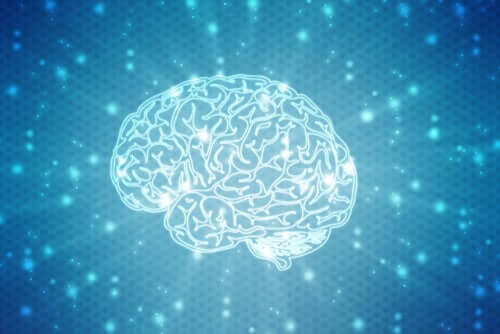With the proliferation of neurosciences, their interest has also increased exponentially, which has caused a lot of knowledge and research to be out of context or misinterpreted, leading to what we call neuroms.
These myths about neuroscientific knowledge have deepened in the field of education, which has led parents, teachers and students themselves to have certain beliefs about the brain and learning that are not entirely true.
- These information biases have also led to educational methods and other non-evidence-based practices.
- As well as generating judgmental errors and perceptions that condition how educators (parents or teachers) focus on learning.
All neuromites are based on real scientific knowledge, however, the information was distorted or the attention focused on a single very specific aspect, then we will clarify the three most common neuromites.
This could be considered the most widespread neuromite of all popular knowledge, being in the mouth of educators, publicists, psychologists, etc. This myth suggests that we only use 10% of the brain and that this percentage can be increased through training or learning techniques. , as the remaining 90% are free and unused.
The really true thing about this neuromita is that we know that the brain is a very powerful organ and that for its functionality it cannot be used 100%.
This does not mean that our capabilities cannot improve, but that these improvements are made by strengthening connections, creating new networks or improving brain health. It’s not a matter of ‘space’.
If the brain were fully activated, there would be a huge waste of energy, as well as producing all kinds of behaviors at once. The brain works by activating different areas that connect to each other to initiate a cognitive process or behavior.
Similarly, when we sleep, we observe that the whole brain shows a low level of activity, so we use 100% of the brain, but only the necessary regions are activated at the same time.
Another widespread belief in education is that students learn best when they are provided with information based on their learning style.
There are three main supposed styles: auditory, kinesthetic and visual, so it would be necessary to teach each student a different method, in fact, some schools have even identified each child with the initials of their style.
However, this belief is not only based on scientific evidence, but it has also not been proven that learning is better when provided by one of these channels, it was also noted that there was a lack of data in the research in this regard.
Each brain is the result of a unique set of experiments and biology, so it is inevitable that each person will prefer or find it easier to learn in a certain way. Now, is it better?
What is known with certainty is that when the brain receives various stimuli that are not sensorially integrated, confusion occurs and more resources are needed to integrate the information; on the other hand, when the information is rich and covers several sensory channels, memory and learning are stronger.
This common myth suggests that each brain hemisphere is responsible for certain processes and that both work independently, in addition, this relates to the fact that one of them is dominant, which will determine the characteristics and even personality of people.
According to this idea, the right hemisphere is the most global, artistic, sensory and carefree thinking; on the other hand, the left hemisphere would be the analytical, responsible, precise, structured and logical brain.
Today science can say that this is not true, both hemispheres receive information of all kinds and treat it in the same way, all information is worked interconnected, except in case of organic disturbance.
On the other hand, while being right-handed or left-handed involves dominance in a hemisphere, it has nothing to do with the type of treatment or personality of the person, in all cases the abilities and abilities of each person are determined mainly by experience and other hereditary characteristics. Factors.
Are there more neuromites, such as the one that says that you can only learn many skills until you are 3 years old, or that intelligence is inherited and cannot be changed, that sugar aggravates attention?In short, it is very important to take into account the misconceptions that determine such important aspects as education.
Some studies have found that 95% of teachers believe in neuroms, which will determine what they expect from students and how they will work with them (pygmy effect), so it is necessary to provide adequate scientific knowledge and that the results are properly disseminated.

